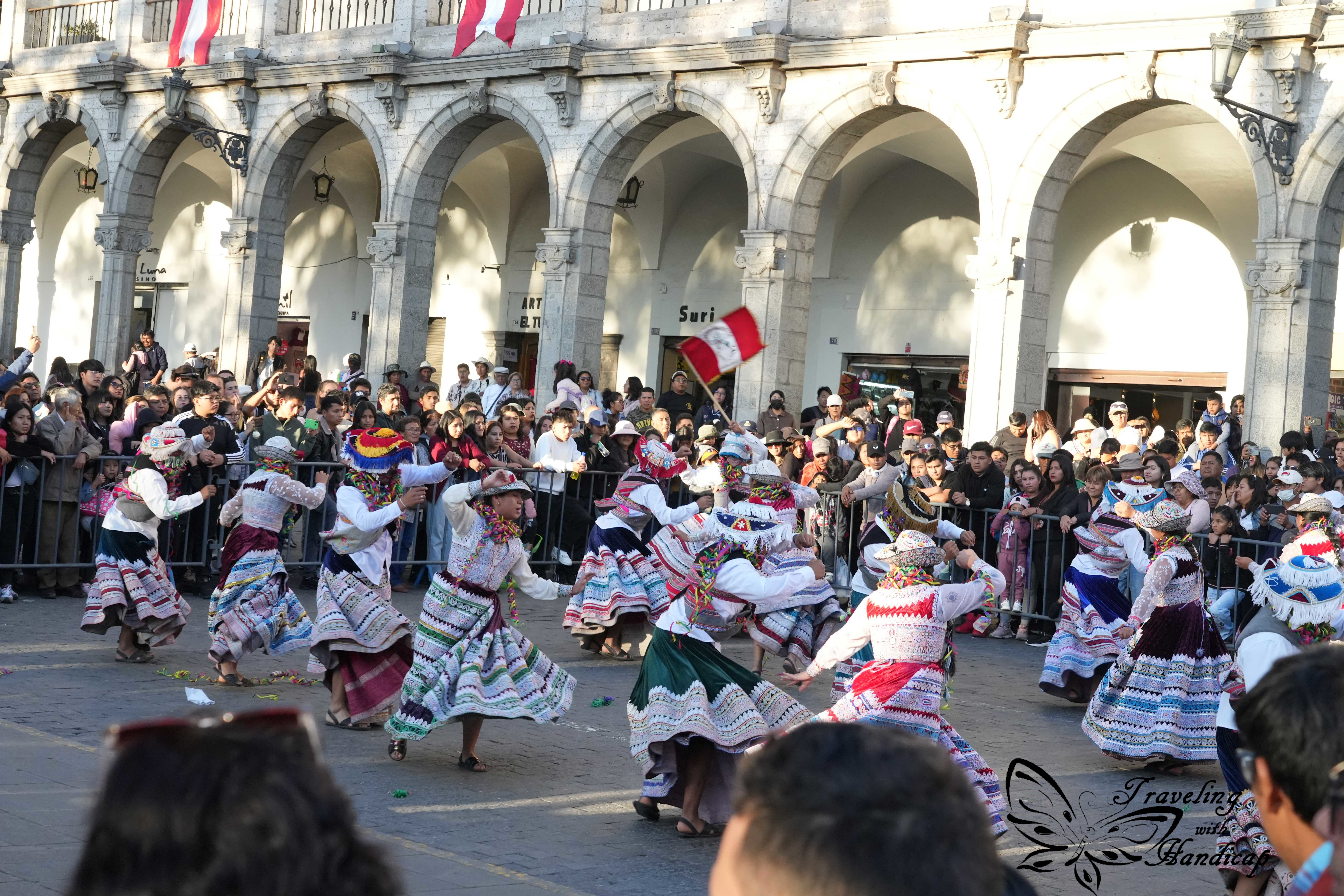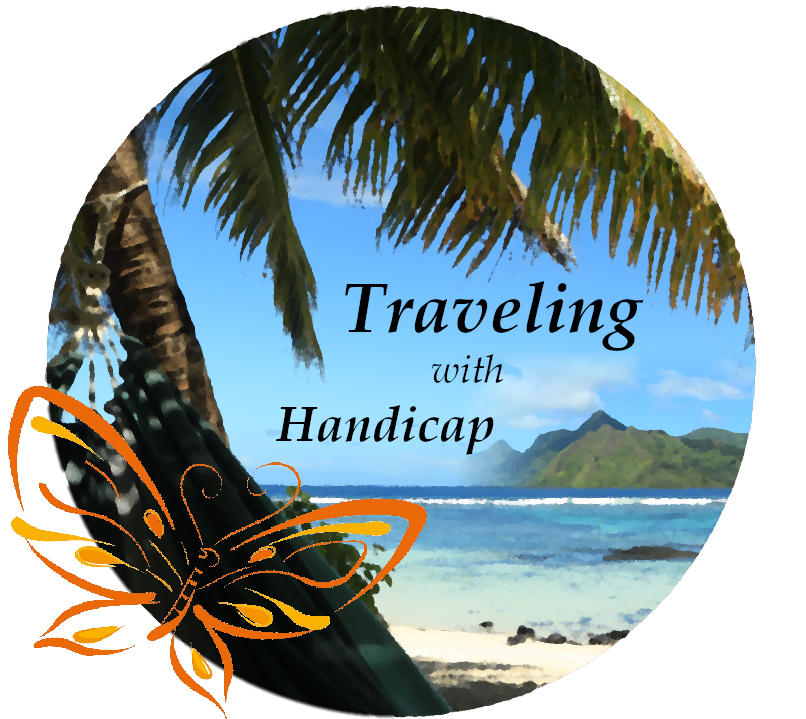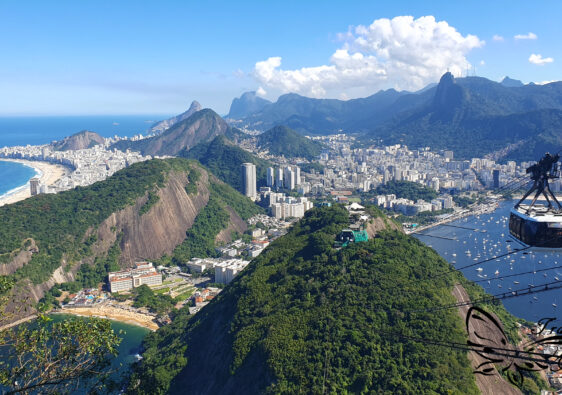Better to see something once than hear about it a thousand times.
Asian Proverb
How to get to Arequipa
Lima and Cusco are most likely the most visited places in Peru. Coming from Cusco, you may take a bus to Arequipa. From Lima, there are flights. Maybe there are buses, but it would be a very long ride. I took a bus from Puno which was already long enough. The ride from Cusco is even longer. I recommend taking a night bus for such a distance, however, don’t expect a good sleep. Even with very comfortable seats, the road is very bumpy.
In Arequipa as well as other places across Peru, taxi drivers try to scam. Therefore, ask within the hostel how much the taxi is and/or ask a local to negotiate the taxi price for you. If the taxi has a too high price and doesn’t accept yours, wave to another one until the price fits. Hostels may also call a taxi service for you for a fixed and fair price. Uber is not available in many places across Peru, so I mostly couldn’t use it. The only country within Latin America in which I have seen taxis with taximeters has been Argentina. In any other country, prices are rather random.



The white city Arequipa
When I heard about the “white city”, I expected something similar to Sucre. This is because Sucre is known as the white city of Bolivia, with its colonial houses in the city center all colored white. However, I was a bit disappointed when I saw the Plaza de Armas of Arequipa the first time. None of the houses is truly colored white. After a couple of minutes realizing that I expected a copy of Sucre, I realized that the colors are made by the stones themselves. Arequipa is built mainly from quite bright gray-whitish stones from the area.
Arequipa is close to three volcanoes, Chachani (6057 m), Misti (5822 m) and Pichu Pichu. These volcanoes are the origin for Arequipa’s architecture, the whitish stones. From the Yanahuara Scenic Lookout, you have an amazing view over Arequipa and especially the volcanoes. This lookout is located a little walk away from the Plaza de Armas but definitely worth it. Neither a taxi nor a guide is needed, maybe just some company to take pictures of you.


On the way to / back from the Lookout, Iglesia de la Recoleta might be worth a stop. This church is also not in the center but in walking distance. There is a museum and much more connected to this church, I only took a quick look into the church. There are many churches across Arequipa, though they are neither as much covered in gold as the ones in Brazil (e.g., Río) nor built in this cute wooden way as on the Isla de Chiloé in Chile. Very average in my opinion.



The city center
Especially during mornings, people run around the Plaza de Armas trying to convince you to go on tours with them. As for any town, the providers walking around with just a paper often try to scam you. Therefore, either book in the hostel (they typically have connections) or with true agencies having offices. Moreover, locals sell drinks and sweets across the Plaza. Actually, I liked the Plaza most during sunset, when the buildings were illuminated and many people were around to watch the sky turn orange and pink.






The Cathedral of Arequipa faces one end of the Plaza de Armas and only opens for approximately 45 minutes in the evening. However, there is no sign on the outside stating that you are only allowed to enter if you have your knees and shoulders covered with clothes. Honestly, I really hate churches being so picky, they should be happy about anyone who still wants to enter a church. I have the same opinion regarding “clothing-rules” of other religions. Don’t worry if they don’t let you enter because of your clothes, the cathedral is average, not special.



What is cool is the rooftop terrace of the Katari Hotel on the opposite side of the Plaza de Armas. However, since it is popular, there are often no spots on tables left (as it’s a restaurant). Another place and area to visit the Plaza San Francisco with its church, approximately two blocks away from the Plaza de Armas. One block away is the Cloisters (and church) of the Company, a historical building with squares that reminded me of the Muslim influence on buildings in Seville (Spain).

Monastery Santa Catalina
The monastery of Santa Catalina was actually my highlight of Arequipa. Sure, the city center of Arequipa is quite nice but as a colonial town still comparable to many others. Moreover, after visiting Cusco, it’s difficult to beat its city center and all the Inka temples I have visited. This monastery is special, though. If you visit it, you feel like visiting a town within the city, but a few hundred years ago. This monastery has been used until a recent earthquake in the late 20th century. Then, the nuns had to move out for security reasons. Afterward, the whole complex has been carefully reconstructed and opened for tourists.












I really liked the red and blue colors used for many walls. You could visit many kinds of rooms. Among them, plenty of bedrooms and kitchens at every corner. My favorites were the little places with hallways within the monastery. There were even some arts from the past still visible on the walls.
Sure, the entrance fee is not low, but definitely worth it. Especially since money is needed to maintain this huge complex. With my German disability card, I could get the ticket for the Peruvian instead of the foreigners rate. This monastery was the only place I visited which had an entrance fee. All other sights were for free.








Colca Canyon
If you only visit the city center of Arequipa, one day would be sufficient. But you usually don’t visit Peru only for towns but more for the landscapes. The landscape Arequipa is famous for are the volcanos. Moreover, traveling to Colca Canyon is easiest from Arequipa. It is still quite a long drive away and there are small villages on the way where you may stay as well. Nevertheless, Arequipa is typically the first point of access from other locations in Peru, in order to continue to Colca Canyon.
The Colca Canyon is known as one of the deepest Canyons with a difference in altitude of up to 3000 m. It is even deeper than the Grand Canyon. There are different hiking options within the Canyon. If you only want to see the Condors that inhabit the area, the mirador is sufficient, you don’t have to hike. Nevertheless, hiking into it and back up is an experience.
The Condors
Similar to the Salkantay Trek, I booked the transportation of a tour to get to the starting point of the trek without going back. Like this, I have been picked up very early, at 3am,for the very long bus ride. I also didn’t have to worry about buses or collectivos. We had breakfast in Chivay and then drove another hour to the Mirador Cruz del Condor. There, we spent approximately 40 minutes to watch the Condors before we drove the final 10 minutes to the starting point of the trek.
The mirador was really impressive. If you want to watch the huge condors, visit this mirador. I could spot condors while hiking in the Torres del Paine, Chile, but they were flying at some altitude. This time, they were sitting quite close to the mirador, landing, flying away, gathering. From that close, you could get an idea of their impressive size.






The Colca Canyon Hike
I did the Colca Canyon Hike within 2 days / 1 night. If you hike it as a round trip which I did, you start at Pampa San Miguel with the hike down into the canyon. You’ll reach the village of San Juan de Chuccho as the first location within the canyon. From there, there is a very nice trek to Sangalle, a little green oasis within the canyon. Then, I slept in Sangalle and hiked back up towards Cabanaconde the next morning. In total, the trek is 6 km downhill, 6 km within the canyon, and 6 km back uphill.




For me, the trek downhill was quite tough because I had to be careful not to slip. I could have stayed in San Juan, spending half a day doing nothing except enjoying the view. But that would have been too boring, 6 km are not much, I wanted to continue to Sangalle. Then, I did my favorite part, the hike in the canyon. Stunning! At the end, I went to a lodge in Sangalle asking if they have a room available. This was no problem since there was no super high season. In general there are fewer tourists due to the protests in December and the continuous political situation. The lodge even had a pool!
The way back up was tough. At the beginning, you easily take the many steps but after a while you wonder how many more. The tours hike back up by 4am in order to be at the top by sunrise to have breakfast. I hate hiking in the dark, so I started during sunrise (6 am). When I arrived in Cabanaconde, I took the next collectivo to Chivay. From there, there are plenty of minibuses to Antofagasta.










